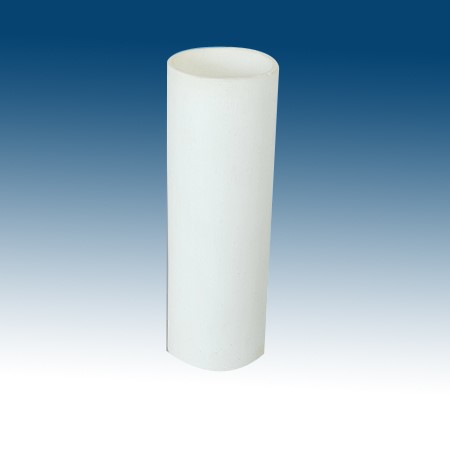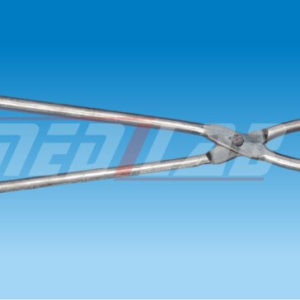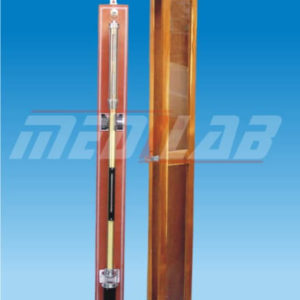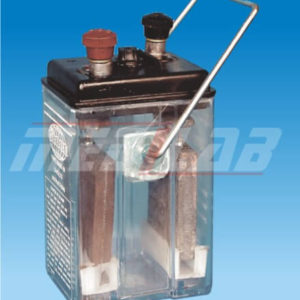Description
| High Alumina Crucible – Cylindrical Form | ||
| Catalog Number | Capacity (ml) | Outer Diameter (mm) |
| 19506/01 | 0.2 | 10 |
| 19506/02 | 1 | 17 |
| 19506/03 | 2 | 13 |
| 19506/04 | 3 | 17 |
| 19506/05 | 5 | 18 |
| 19506/06 | 5 | 17 |
| 19506/07 | 5 | 28 |
| 19506/08 | 10 | 28 |
| 19506/09 | 15 | 28 |
| 19506/10 | 15 | 32 |
| 19506/11 | 20 | 32 |
| 19506/12 | 20 | 28 |
| 19506/13 | 30 | 35 |
| 19506/14 | 40 | 40 |
| 19506/15 | 50 | 35 |
| 19506/16 | 50 | 41 |
| 19506/17 | 60 | 55 |
| 19506/18 | 60 | 41 |
| 19506/19 | 60 | 56 |
| 19506/20 | 80 | 47 |
| 19506/21 | 80 | 40 |
| 19506/22 | 100 | 52 |
| 19506/23 | 150 | 54 |
| 19506/24 | 150 | 70 |
| 19506/25 | 170 | 57 |
| 19506/26 | 225 | 64 |
| 19506/27 | 250 | 80 |
| 19506/28 | 410 | 90 |
| 19506/29 | 450 | 84 |
| 19506/30 | 750 | 83 |
| 19506/31 | 900 | 85 |
| 19506/32 | 1000 | 100 |
| 19506/33 | 1500 | 105 |
| 19506/34 | 2500 | 127 |
MEDILAB Cylindrical Form Crucibles are high-purity alumina containers designed for precise heating, melting, calcination, and sample preparation in laboratories and industrial settings. Their excellent thermal stability and chemical resistance make them essential for high-temperature analysis, materials testing, and chemical processing. These crucibles ensure consistent performance, accuracy, and safety across research, quality control, and manufacturing workflows.
Key Features
- High-Purity Alumina (99%+) for superior thermal shock resistance
- Cylindrical form supports uniform heating and efficient thermal distribution
- Unglazed interior enhances sample stability and analytical accuracy
- High temperature endurance up to 1700–1750 °C (application-dependent)
- Exceptional chemical inertness against acids, alkalis, and corrosive reagents
- High mechanical strength, preventing cracks during repeated thermal cycles
- Low porosity for reduced contamination and improved sample recovery
- Suitable for precision analytical and gravimetric work
Material Specifications
- Material: High-purity Alumina (Al₂O₃ – 99%+)
- Thermal Properties:
Max. use temperature: 1700–1750 °C
Excellent resistance to thermal shock - Chemical Properties:
Inert to most acids, alkalis, and molten metals
Low reactivity for contamination-free analysis - Mechanical Properties:
High compressive strength
Durable under repeated heating cycles - Standards Compliance:
Manufactured according to common international laboratory standards (ISO/DIN guidelines for ceramic labware)
Technical Specifications
- Available Sizes / Capacities:
Multiple volume options suitable for analytical laboratories (custom sizes available on request). - Design: Cylindrical form, unglazed, smooth interior
- Tolerance: Precision-manufactured for dimensional accuracy
- Accessories (optional):
Matching alumina lids
Crucible tongs
High-temperature furnace supports
Handling & Precautions
- Heat gradually to avoid thermal shock—never place a cold crucible directly into a hot furnace.
- Allow the crucible to cool in the air before handling; use crucible tongs for safety.
- Clean with non-abrasive materials to maintain surface integrity.
- Suitable for high-temperature furnaces but not recommended for direct flame heating.
- Avoid sudden temperature changes, impact, or drops.
- Store in clean, dry conditions to prevent contamination.
Applications
- Research & development centers
- University laboratories
- Pharmaceuticals (QA/QC), chemical & petrochemical industries
- Thermal analysis (TGA/DSC sample preparation)
- Ashing, calcination, fusion, and materials testing
- High-temperature metal, ceramic, and mineral analysis
Their precise performance and chemical stability make them essential for routine and advanced laboratory workflows.







